MenuProduct center
- Nut type
- bolts
- Anti loosening glue type
- American bolts and screws
- Gaskets
- Self tapping screws
- screws
- Screw customization class
- High strength bolts
- Pins and rivets
- CNC precision cutting parts
- Belt Clothing Screw
- Hollow solid rivet series
- Cable waterproof joint
- Shoulder shaft plug screw
- Sealing Throat Plug Series
- Suit
Rods and screws
Your location:首頁 > en > Product > bolts > Rods and screws
product details
This product is made of stainless steel 316 material:
1: Grade 316 stainless steel
2: Chemical composition
C: ≤ 0.08 Si ≤ 1.00 Mn ≤ 2.00 P ≤ 0.035 S ≤ 0.030 Ni 11.00-14.00 Cr 16.00-19.00
Mo 2.00-3.00
3: Scope of application:
The addition of Mo to 316L stainless steel results in excellent corrosion resistance, atmospheric corrosion resistance, and high-temperature strength, making it suitable for use under harsh conditions; Excellent work hardening (non magnetic). Excellent high-temperature strength. 316L stainless steel belongs to austenitic stainless steel and cannot be strengthened through heat treatment. It has good strength, plasticity, toughness, cold formability, and good low-temperature performance. Due to the addition of 2% Mo on the basis of Cr18Ni8, the steel has excellent resistance to reducing media and pitting corrosion. Suitable corrosion resistance in various organic acids, inorganic acids, alkalis, salts, and seawater. Its corrosion resistance is much better than 304 in reducing acidic media
4: Overview
Stainless steel has better corrosion resistance than 304 stainless steel, and has good corrosion resistance in the production process of pulp and paper making. Moreover, 316 stainless steel is resistant to marine and corrosive industrial atmospheres, and has good heat resistance. 316L stainless steel has better resistance to carbide precipitation than 316 stainless steel, and can be used within the above temperature range. It has high temperature resistance, easy processing, and high strength. 316L stainless steel does not require post weld annealing treatment.
316L stainless steel
C ≤ 0.03 Ni12.00-15.00 Mo ≥ 175 Mn<=2.0 Si<=1.0 Cr16-18 Mo1.8-2.5 S<=0.030 P<=0.035
Yield strength (N/mm2) ≥ 480 Tensile strength elongation (%) ≥ 40 Hardness HB ≤ 187 HRB ≤ 90 HV ≤ 200
Density 7.87 g · cm-3 Specific heat c (20 ℃) 0.502 J · (g · C) -1 Thermal conductivity λ/ W (m · ℃) -1 (at the following temperatures/℃)
100 300 500 15.1 18.4 20.9 Linear expansion coefficient α/ (10-6/℃) (between the following temperatures/℃)
20-100 20-200 20-300 20-400 20-500 16.0 17.0 17.5 17.8
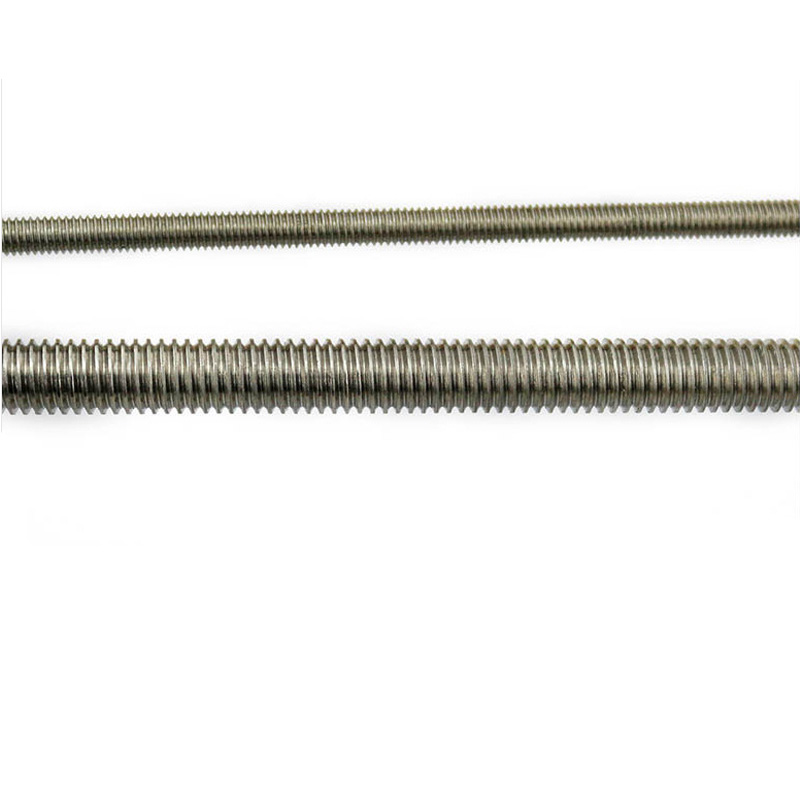
1: Grade 316 stainless steel
2: Chemical composition
C: ≤ 0.08 Si ≤ 1.00 Mn ≤ 2.00 P ≤ 0.035 S ≤ 0.030 Ni 11.00-14.00 Cr 16.00-19.00
Mo 2.00-3.00
3: Scope of application:
The addition of Mo to 316L stainless steel results in excellent corrosion resistance, atmospheric corrosion resistance, and high-temperature strength, making it suitable for use under harsh conditions; Excellent work hardening (non magnetic). Excellent high-temperature strength. 316L stainless steel belongs to austenitic stainless steel and cannot be strengthened through heat treatment. It has good strength, plasticity, toughness, cold formability, and good low-temperature performance. Due to the addition of 2% Mo on the basis of Cr18Ni8, the steel has excellent resistance to reducing media and pitting corrosion. Suitable corrosion resistance in various organic acids, inorganic acids, alkalis, salts, and seawater. Its corrosion resistance is much better than 304 in reducing acidic media
4: Overview
Stainless steel has better corrosion resistance than 304 stainless steel, and has good corrosion resistance in the production process of pulp and paper making. Moreover, 316 stainless steel is resistant to marine and corrosive industrial atmospheres, and has good heat resistance. 316L stainless steel has better resistance to carbide precipitation than 316 stainless steel, and can be used within the above temperature range. It has high temperature resistance, easy processing, and high strength. 316L stainless steel does not require post weld annealing treatment.
316L stainless steel
C ≤ 0.03 Ni12.00-15.00 Mo ≥ 175 Mn<=2.0 Si<=1.0 Cr16-18 Mo1.8-2.5 S<=0.030 P<=0.035
Yield strength (N/mm2) ≥ 480 Tensile strength elongation (%) ≥ 40 Hardness HB ≤ 187 HRB ≤ 90 HV ≤ 200
Density 7.87 g · cm-3 Specific heat c (20 ℃) 0.502 J · (g · C) -1 Thermal conductivity λ/ W (m · ℃) -1 (at the following temperatures/℃)
100 300 500 15.1 18.4 20.9 Linear expansion coefficient α/ (10-6/℃) (between the following temperatures/℃)
20-100 20-200 20-300 20-400 20-500 16.0 17.0 17.5 17.8


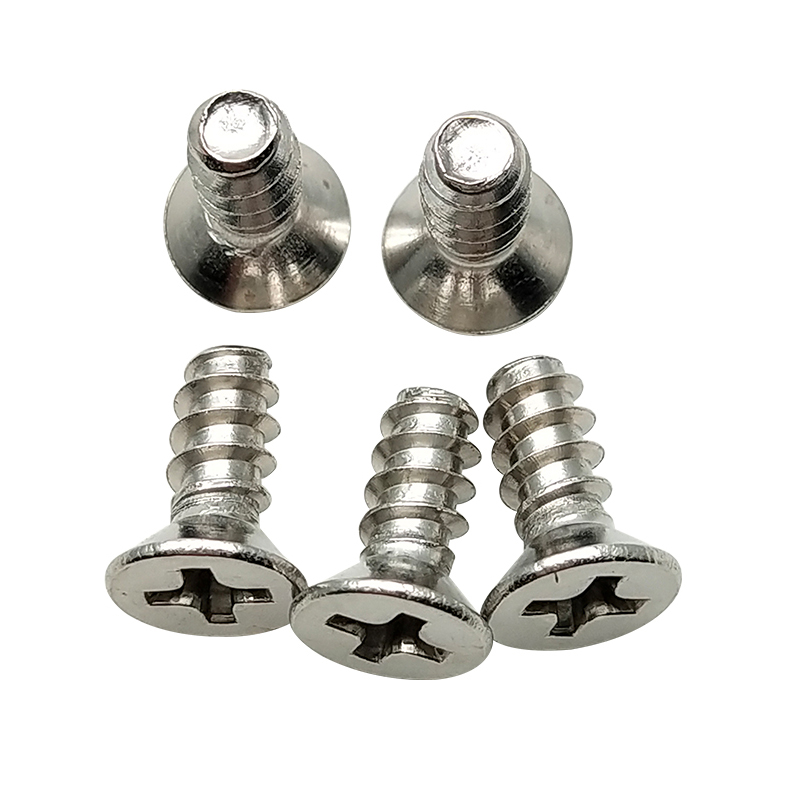
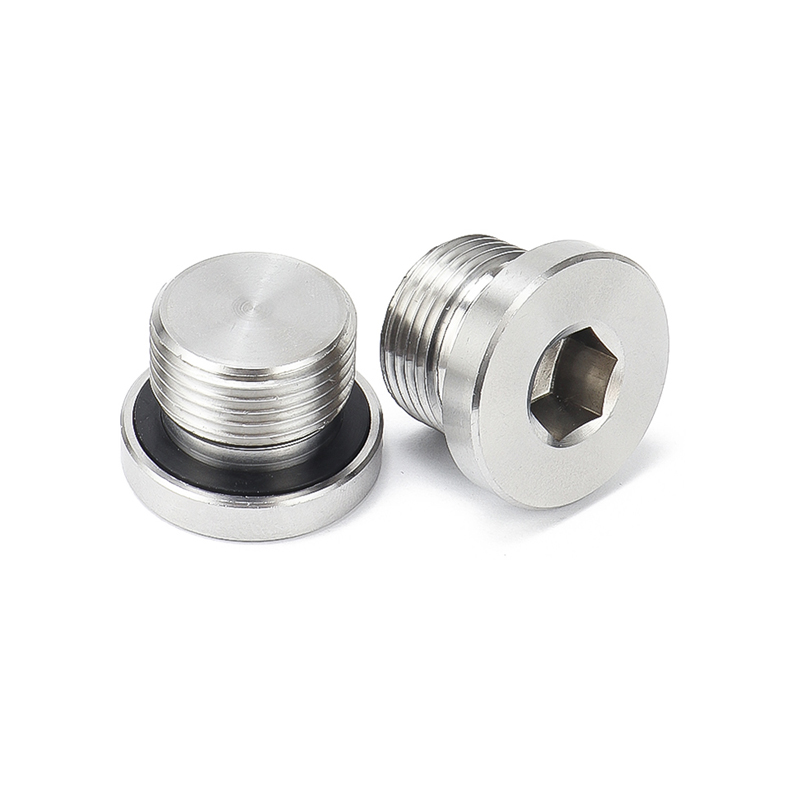
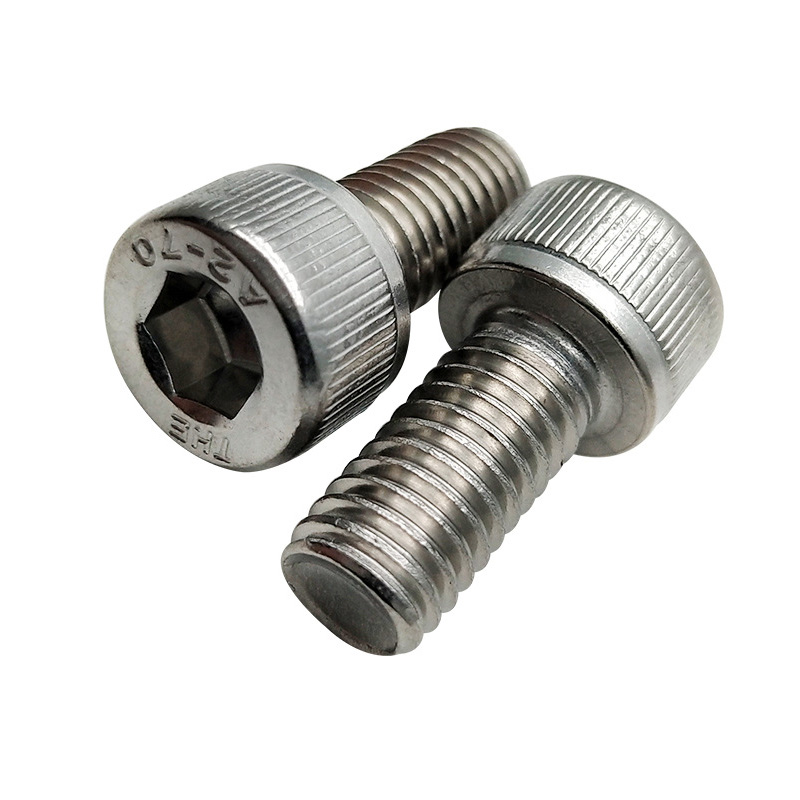
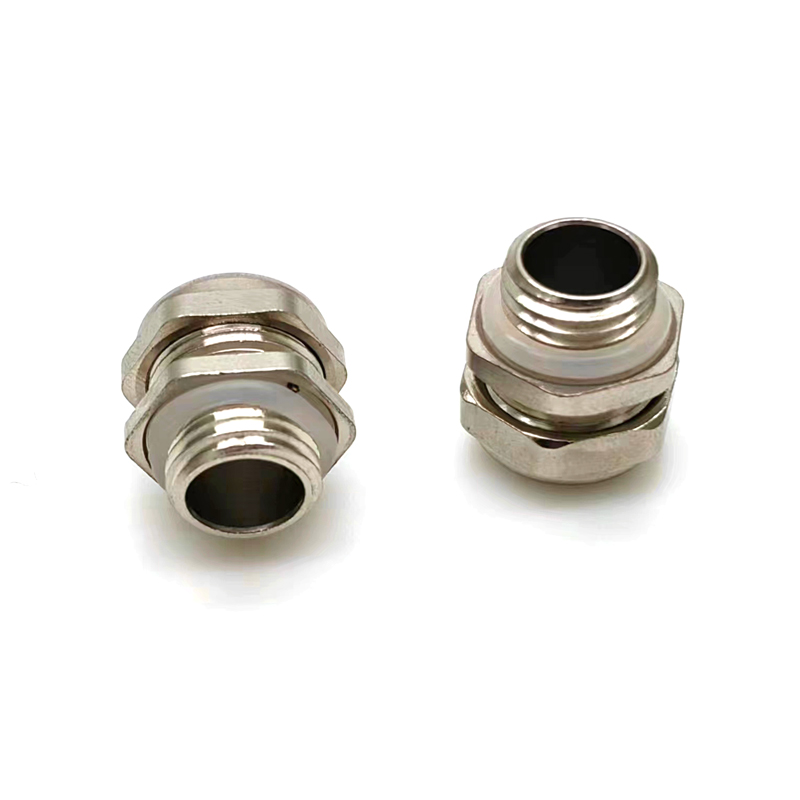
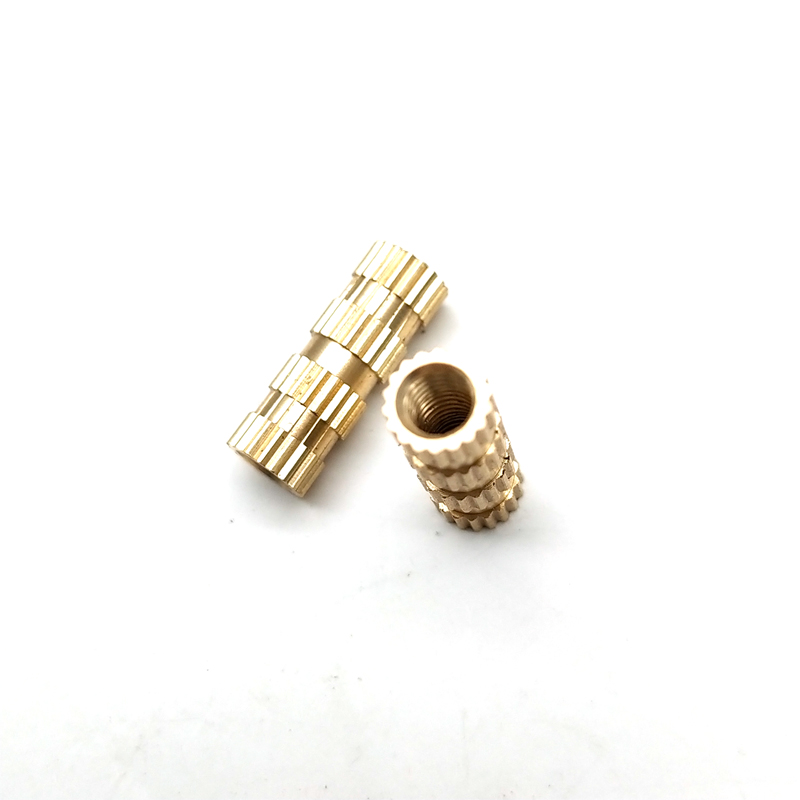




 13751319223
13751319223